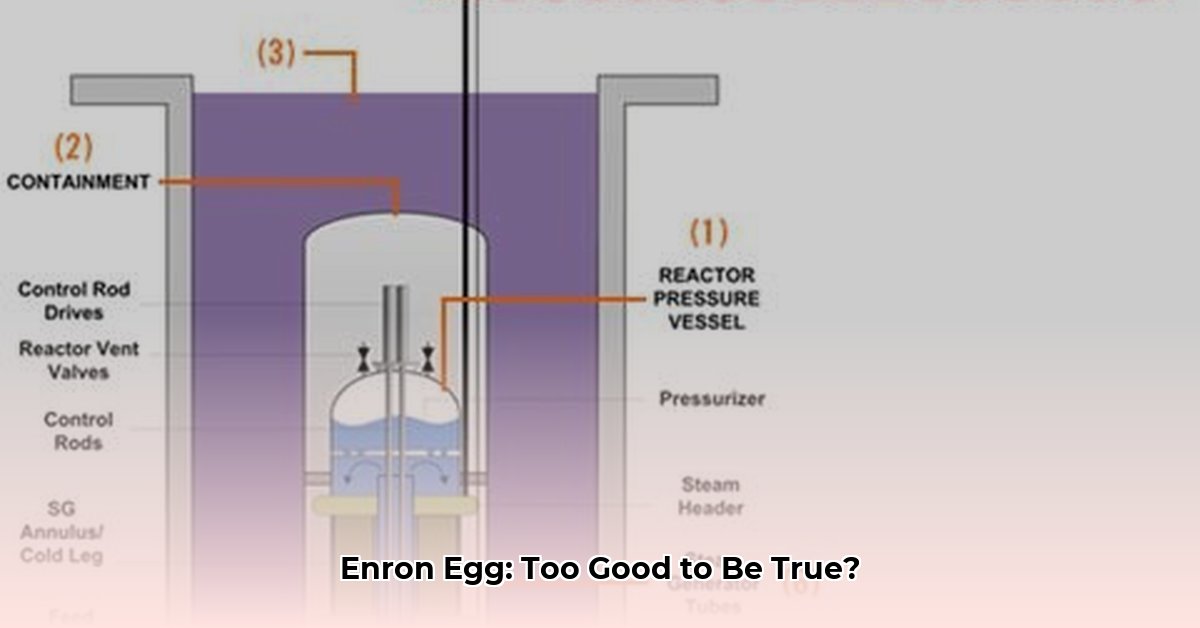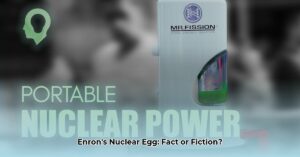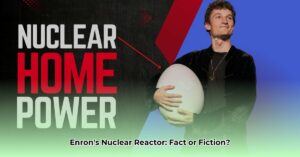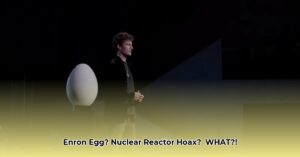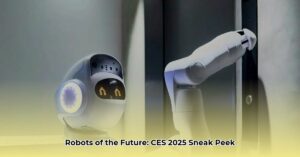The Enron Egg: Not Your Average Breakfast Staple
Remember Enron? The company synonymous with corporate scandal? In January 2025, the name resurfaced, not with an apology, but with a bizarre new product: the “Enron Egg.” This wasn’t some new energy drink; it was a miniature nuclear reactor, supposedly capable of powering a home for a decade. Too good to be true? Absolutely. The Enron Egg was a hoax, a satirical jab at the energy crisis and the often-inflated promises of new technologies.
From Scandal to Satire: The Egg’s Hatching
The Enron Egg was the brainchild of Connor Gaydos, the mastermind behind the “Birds Aren’t Real” campaign. His motive? To use satire to highlight the often-absurd lengths companies go to in the name of innovation, especially in the energy sector. By resurrecting the infamous Enron name, he tapped into existing public skepticism and distrust.
Inside the Shell: A Look at the Fictional Tech
The “new” Enron website spun a tale of technological marvel. Uranium-Zirconium Hydride (U-ZrH) fuel rods, a 3D-printed Inconel heat exchanger, and a closed-loop cooling system were all part of the fictional design. This technical jargon, while impressive-sounding, was ultimately meaningless, further emphasizing the satirical nature of the project.
Cracking the Code: Why the Egg Resonated
The Enron Egg quickly went viral. Why? Because it perfectly captured the zeitgeist of skepticism surrounding corporate promises and the anxieties around the energy crisis. It resonated with those familiar with Enron’s history and tapped into broader concerns about the future of energy.
Beyond the Yolk: The Real Energy Debate
While the Enron Egg was a joke, it sparked serious conversation. It highlighted the very real need for sustainable energy solutions and the challenges involved in developing and implementing them. The hoax also inadvertently touched upon the ongoing discussion surrounding small modular reactors (SMRs). While SMRs are a legitimate area of research, the Enron Egg’s exaggerated claims underscored the importance of approaching such technologies with caution and critical thinking.
Separating Fact from Fiction: Debunking the Egg
Let’s be clear: the Enron Egg was entirely fictional. There are no miniature nuclear reactors capable of powering a home. The technology simply doesn’t exist. The table below summarizes the key “features” of the Enron Egg and why they are unrealistic:
| Feature | Description | Reality Check |
|---|---|---|
| Size | Small enough to fit in a home | Physically impossible for a functional nuclear reactor |
| Power Output | Enough to power a house for a decade | Far beyond the capabilities of such a small device |
| Safety | Marketed as completely safe | Nuclear reactors, regardless of size, carry inherent risks |
| Technology | Uranium-Zirconium Hydride fuel rods, 3D-printed Inconel heat exchanger | Not feasible in this context |
| Enron Branding | Leveraged the infamy of Enron for satirical effect | Enron is not involved in any legitimate nuclear research |
The Legacy of a Hoax: More Than Just a Joke
The Enron Egg serves as a cautionary tale. It reminds us to be critical consumers of information, especially when it comes to seemingly revolutionary technologies. It encourages us to question the source, examine the evidence, and look beyond the hype. While the Egg itself was a fabrication, the conversations it sparked about energy, corporate responsibility, and the nature of truth in the digital age are very real. It also demonstrates the power of satire to engage with complex issues in a way that traditional methods often cannot.

